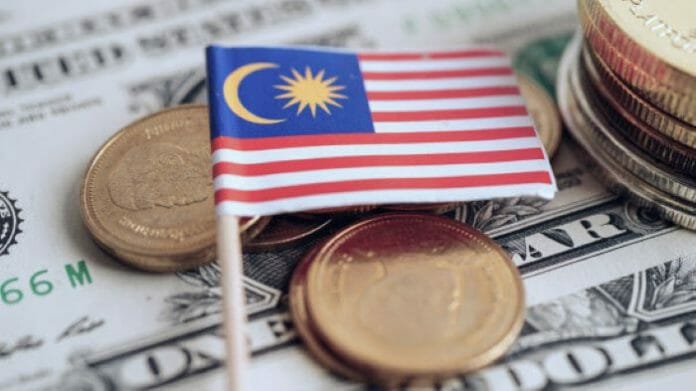The Malaysian prime minister’s proposal to create an Asian Monetary Fund can be seen as a natural development following China’s shift away from the U.S. dollar. OctaFX gave its assessment of what the consequences will be for the Malaysian economy and MYR.
The U.S. dollar plays a vital role in the U.S. economy, owing to the fact that it accounts for more than 80% of international trade finance. The U.S. dollar also constitutes 60% of the world’s foreign exchange reserves and dominates the bond and currency markets.
However, the widespread use of the U.S. dollar hinders other countries’ (particularly emerging markets) access to international capital. For instance, Russia currently faces financial sanctions and frozen foreign exchange reserves, while Brazil’s president has expressed dissatisfaction with the use of the U.S. dollar. The U.S. dollar is also not favoured by many Asian economies, as ASEAN finance ministers and central bank governors are exploring ways to reduce their dependence on the dollar and shift towards local currencies. Here is how Malaysia’s prime minister Anwar Ibrahim commented on this in April 2023:
‘There is no reason to continue to depend on the U.S. dollar. In our negotiations between Malaysia and Indonesia, we use ringgit and rupiah. The central bank has also proposed to bring this method to trade matters. The more important issue concerns the Asian Monetary Fund (AMF), which has been well received in Asia—I think this proposal should be discussed.’
Malaysia has demonstrated the fastest economic growth rate in Asia over the last two decades, making it worthwhile to listen to the man behind this growth.
China aims to make the yuan the world’s reserve currency and an alternative to the U.S. dollar. Using the yuan in ASEAN countries could be a solution. However, the strict control of the exchange rate by Chinese authorities makes it challenging to promote the use of yuan there. Another major world currency, the euro, will never match the level of liquidity of the U.S. dollar in Asian countries.
The proposed Asian Monetary Fund could enable countries in the region to pool their currencies, providing a way to move away from the IMF and the U.S. dollar in times of crisis. Several governments, including Japan, Malaysia, Thailand, Indonesia, and the Philippines, have already signed bilateral agreements using only their national currencies.
‘The cohesive actions of Asian states will help enhance Malaysia’s intra-trade relations within the region, which will positively affect the liquidity of MYR, making it more accessible,’ said Kar Yong Ang, an OctaFX financial market analyst.
As China accelerates de-dollarisation worldwide, billions of dollars of liquidity remain unclaimed, leading to the strengthening of alternative currencies, especially Asian ones.
Commentary by OctaFX









